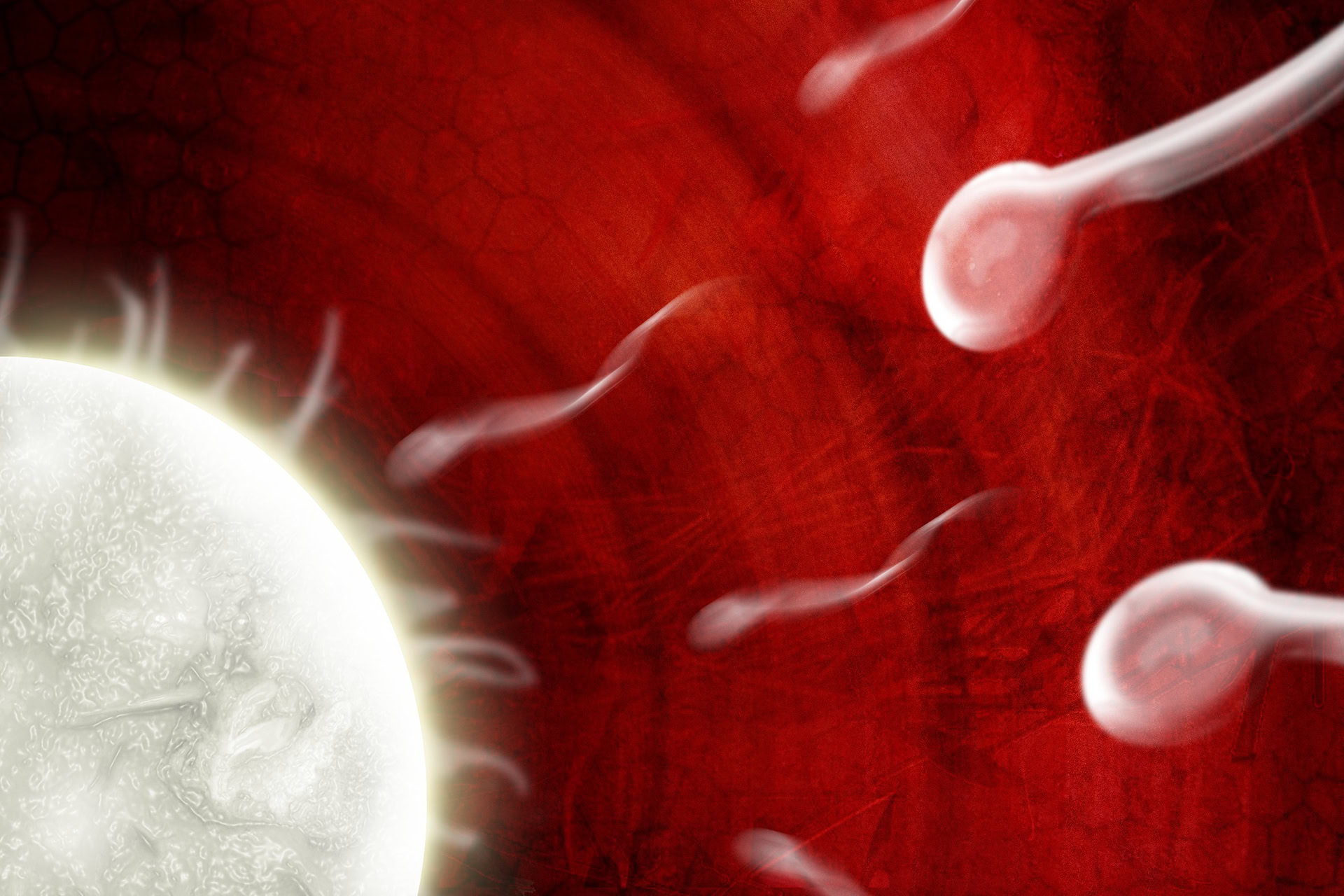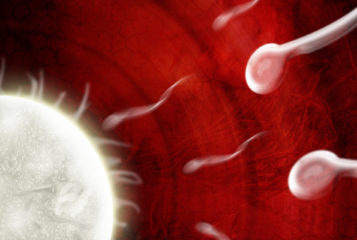Long before the current commercial banking crisis, the UK suffered another banking crisis - that of donor sperm shortages. The difference is that the sperm bank crisis is not global. Instead it is quintessentially British - full of principle and good intention but sadly resulting from compromise and inconsistency. Only the areas of inconsistency are consistent: the removal of anonymity, donor expenses, screening and selection guidelines and the limitations on use of individual donors. Taken separately, each of these areas is not without merit and the intentions behind legislative changes and professional guidelines are honourable. Taken together, they create more problems for patients and their children than they could ever solve.
1) Removal of anonymity
The idea that donor-conceived children have an absolute right to know the identity of their genetic parent(s) is heavily flawed. Naturally-conceived children have no such 'right' and their knowledge is governed, absolutely, by what their parents decide to tell them and what is put on the birth certificate. Further, there is no compulsion for parents of donor-conceived children to tell their offspring, despite the legal change. Approximately 4-5 per cent (around 30,000 a year) of the UK's naturally-conceived children will never know the true identity of their genetic father - yet special and discriminatory laws are passed favouring the donor-conceived. A better way would see a voluntary system in which both anonymous and non-anonymous donors co-exist to give patients and donors a choice.
2) Expenses
There is still confusion regarding what reimbursement is appropriate for sperm donors. While reasonable travel and subsistence expenses are allowed, the total amount of reimbursement is capped at £250 for a course of donation. What constitutes a 'course of donation' is unclear. Would a one-off donation (as it would be for egg donors) constitute a 'course', or must it be a longer undefined period?
If we are to have rigidly-applied rules then we need consistency in application. It is clear from conversations with other clinics and our recruited donors that the provision of expenses is not a level playing field with some offering more 'generous' allowances than others. A standard all-inclusive allowance (to include travel, subsistence and all other expenses) would certainly ensure adherence to guidelines and cut down on bureaucracy for patients, clinics and regulators.
The view that altruism should be the primary motivating factor behind donation can be supported, but it remains a naive view based on the experiences of many centres whose potential donors make decisions about whether to donate based on the 'generosity' of expenses payments. While some might argue that the best donors would be those who donate for the 'right reasons', recipients tend to benefit more from sperm quality than donor morality.
3) Genetic screening
Currently, the regulations state that: 'the potential donor should ordinarily not be heterozygous for an autosomal recessive gene known to be prevalent in the donor's ethnic background [for example cystic fibrosis (CF)] and that 'in exceptional circumstances (e.g. in cases of known donation where the donor is known to the recipient) the presence of a recessive gene disorder may not necessarily be a contraindication to donation provided that when the donation is used, all parties are fully informed and the view of an appropriately qualified clinical geneticist is obtained.'
In view of the shortage of donors in the UK, and with proper genetic counselling and testing of the potential donor and recipient couple, donors should not be rejected based on the fact they are carriers of recessive conditions. Such carriers are very prevalent in the general population (1/25 donors of Caucasian descent will be carrier of CF, 1/20 donors of African descent will be carriers of sickle cell) and, by eliminating these as donors, we further reduce an already small pool. Such wholesale rejection is not evidence-based: as long as the recipient couple is not found to carry the same genetic condition, the chance for the couple to have a child with a recessive condition is very low*.
Other European guidelines also support including donors who are carriers for recessive conditions. The European Society of Human Genetics and the European Society of Human Reproduction and Embryology recommend that 'donors should not be excluded because of heterozygosity for an autosomal recessive disease because they can be matched with suitable recipients. Counter-selected donors need to be offered genetic counselling' (1).
Ultimately, as more relevant and comprehensive genetic tests/screening services become available, we could be faced with the uncomfortable prospect of having to sell the idea of donors carrying multiple 'lethal' mutations and predispositions to chronic disease. But with appropriate risk-based counselling and informed consent we can weather these tricky storms - now is the time to educate, not reinforce our own misconceptions about good and bad genetic quality.
4) Sperm quality
Worse still was the gross misrepresentation of statistics following publication of the HFEA (Human Fertilisation and Embryology Authority)'s SEED report (2), with HFEA commentators happily reporting that the majority of sperm donors are now married men in their 30-40s. Although there has been a demographic shift in the type and age of donor (this group has doubled from 20-40 per cent during the past 15 years), these men still represent the minority of sperm donors. Further, while it may be true that the 'typical donor' profile is shifting from impoverished student towards the more mature man (possibly with a family already), this does not automatically mean that sperm from mature men are preferable. Indeed, as the incidence of genetic abnormalities rises with increasing paternal age, the quality of sperm also declines.
Harm to patients and their children
The cost, confusion and damage caused by change in anonymity legislation and other regulations is clear: a shortage of donors with the potential for lower quality sperm, as well as growing fertility tourism with potential risks attached and a huge financial outflow from this country; inconvenience and reduced access to fertility patients. What we need is a practical solution that does the best by patients.
We could establish a threshold for sperm quality, relax rules on importing sperm from accredited facilities overseas, or have a maximum age. Relaxed rejection criteria, increased age at time of donation and a smaller donor pool must surely lead to poorer sperm being collected, frozen and thawed, with a concomitant reduction in success rates - a clear harm to patients. If safety really is the predominant concern of the regulators, there should be recommendations to screen (or at least to offer karyotyping, CF testing etc) to all couples seeking IVF. A rule on no more than ten live birth families is not needed: there is no evidence to support this fear of rampant consanguinity.
A clever solution?
'Sperm-sharing' may be a clever solution to the problem of donor sperm shortages. Here, a couple requiring IVF can get all/part of their costs paid in return for their sperm being used to help treat other couples. The problem with sperm-sharing (as with egg-sharing) is that, once again, it demonstrates regulatory inconsistency. From a financial perspective, benefits in kind are not really any different to cash (since cash is usually required to pay for treatment). Moreover, from the biological perspective, the odds are that sperm quality may well be lower or have an increased risk of a genetic problem (possibly related to fertility) when sourced from a patient attending an infertility clinic as opposed to a student or man with an existing family.
But it's an option: currently, we find ourselves in the worst of all worlds: patients having problems getting sperm and what sperm they do get may be of poorer quality from older men.
* Take, for example, a potential donor found to be a carrier of CF. If the female recipient is tested and found not to be a carrier, there is a 1/800 chance of having an affected child affected or a 99.87 per cent chance of having an unaffected child. This is a comparable figure to the general population risk of having a baby affected with Down Syndrome. Since CF screening is not routinely offered to general fertility patients, the risk for a Caucasian couple of having a baby with CF when both parents are not screened is 1/2500 (a 99.99 per cent chance of having an unaffected child.
Sources and References
-
1) The European Society of Human Genetics and the European Society of Human Reproduction and Embryology (2006), 'The need for interaction between assisted reproduction technology and genetics: recommendations of the European Society of Human Genetics and Human Reproduction and Embryology',
-
2) SEED Report (2005)







Leave a Reply
You must be logged in to post a comment.